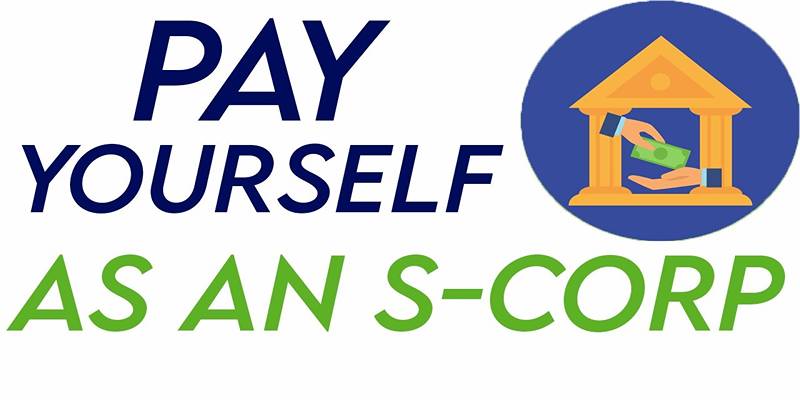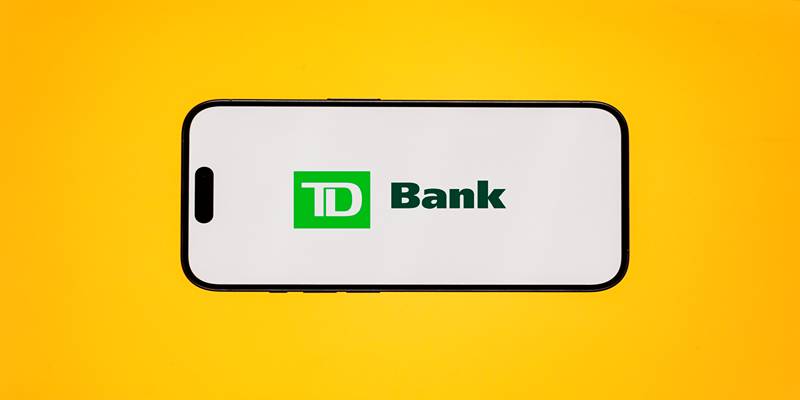Product-based businesses move quickly, and fulfilling large customer orders can be both exciting and stressful—especially when a business doesn’t have the cash on hand to pay suppliers. Purchase order financing has emerged as a powerful tool for businesses in this situation. It enables them to cover supplier costs and fulfill orders without relying on traditional loans or sacrificing valuable equity.
This post explores what purchase order financing is, how it works, its costs, and when it makes sense for small and medium-sized businesses to consider it as a funding option.
How Purchase Order Financing Works?
Purchase order financing involves several parties and a clear chain of operations. The key participants include the business in need of financing (the borrower), the purchase order financing company, the supplier, and the end customer. Each plays a critical role in ensuring the transaction is successful from production to payment.
Step 1: Customer Places an Order
The process begins when a business receives a large order from a customer. This customer might be a retailer, a government agency, or another company. The business reviews the order and determines that it lacks the inventory or cash needed to fulfill it. Instead of declining the order, the business explores PO financing as a solution.
Step 2: The Business Calculates Supplier Costs
Next, the business contacts its supplier to get a cost estimate for producing or delivering the goods. Based on this estimate, the business determines how much funding it will need to fulfill the order. Knowing the exact supplier costs helps define how much financing must be requested.
Step 3: Application for Purchase Order Financing

The business approaches a PO financing provider and applies. This application typically includes the customer’s purchase order, the supplier’s cost breakdown, and basic financial information about the business. The financing provider evaluates the customer’s creditworthiness, the supplier’s reputation, and the nature of the goods being sold. Approval decisions are often influenced more by the customer’s ability to pay than the applicant’s credit history.
Step 4: Financing Company Pays the Supplier
If approved, the financing company pays the supplier directly. In many cases, this payment is issued through a letter of credit, which guarantees that the supplier will be paid upon delivery of the goods. This method helps build trust between the supplier and the financing company, ensuring smooth transactions.
Step 5: Supplier Delivers Goods to the Customer
Once paid, the supplier ships the goods directly to the customer. The customer receives the order, and the transaction is nearly complete. This direct shipment model reduces handling time and accelerates fulfillment.
Step 6: Invoicing and Payment Collection
The business sends an invoice to the customer. The same invoice is also provided to the financing company. The customer then pays the invoice amount directly to the purchase order financing company, not the original business. It ensures the lender is repaid first before any remaining funds are passed to the business.
Step 7: Deduction of Fees and Payout
After taking its fees out of the total amount received, the financing company sends the rest to the business. The business receives its profit once all financing-related charges are covered. The process ends with all parties having fulfilled their roles and obligations.
Benefits of Purchase Order Financing

Purchase order financing offers several advantages for businesses that need a fast and flexible funding solution. It enables growth, improves cash flow, and helps companies take on new opportunities without depleting their capital.
1. Helps Businesses Accept Larger Orders
One of the most significant benefits is the ability to take on orders that might otherwise be impossible to fulfill due to cash constraints. PO financing empowers businesses to say “yes” to large opportunities—even when capital is tight—by covering supplier costs upfront.
2. Fast Access to Capital
Traditional loans can take weeks to approve and fund, but many purchase order financing companies offer decisions and funding within days. This speed is crucial for businesses working under tight deadlines or managing seasonal spikes in demand.
3. Flexible Qualification Requirements
Unlike traditional financing options that heavily rely on a business’s credit score and financial history, PO financing focuses on the creditworthiness of the customer and the reliability of the supplier. It makes it a more accessible option for startups or businesses with limited credit.
4. Preserves Cash Flow
Because the financing company pays the supplier directly and gets repaid by the customer, the business doesn’t have to manage loan repayments from its existing cash flow. It helps maintain liquidity and keeps operations running smoothly.
5. No Need for Collateral or Equity
Most PO financing agreements do not require personal guarantees, collateral, or giving up equity in the company. The purchase order itself serves as the basis for approval, making this a non-dilutive way to finance growth.
6. Enables Scalable Growth
Purchase order financing provides the capital needed to fulfill increasing customer demand without locking the business into long-term debt. Since the funding is tied to specific orders, companies can scale operations project by project, maintaining financial agility and avoiding burdensome monthly loan repayments.
What Makes Purchase Order Financing Different From Other Business Loans?
While traditional business loans provide a lump sum based on a company’s overall financial health, purchase order financing is transaction-specific and tied directly to a customer’s confirmed order. Instead of assessing the business’s long-term credit strength alone, lenders focus primarily on the quality of the purchase order and the end customer’s ability to pay.
This structure makes PO financing faster, easier to qualify for, and highly targeted — ideal for businesses that need short-term funding to seize immediate opportunities without taking on long-term debt.
Conclusion
Purchase order financing is a valuable resource for businesses that need to bridge the gap between receiving large customer orders and paying suppliers. It helps unlock growth opportunities, smooth cash flow challenges, and support expanding operations—all without taking on traditional debt.
However, it comes at a cost and should be used strategically. For businesses that resell goods and have reliable customers, PO financing can be a smart way to accept larger orders, build relationships, and scale efficiently.












